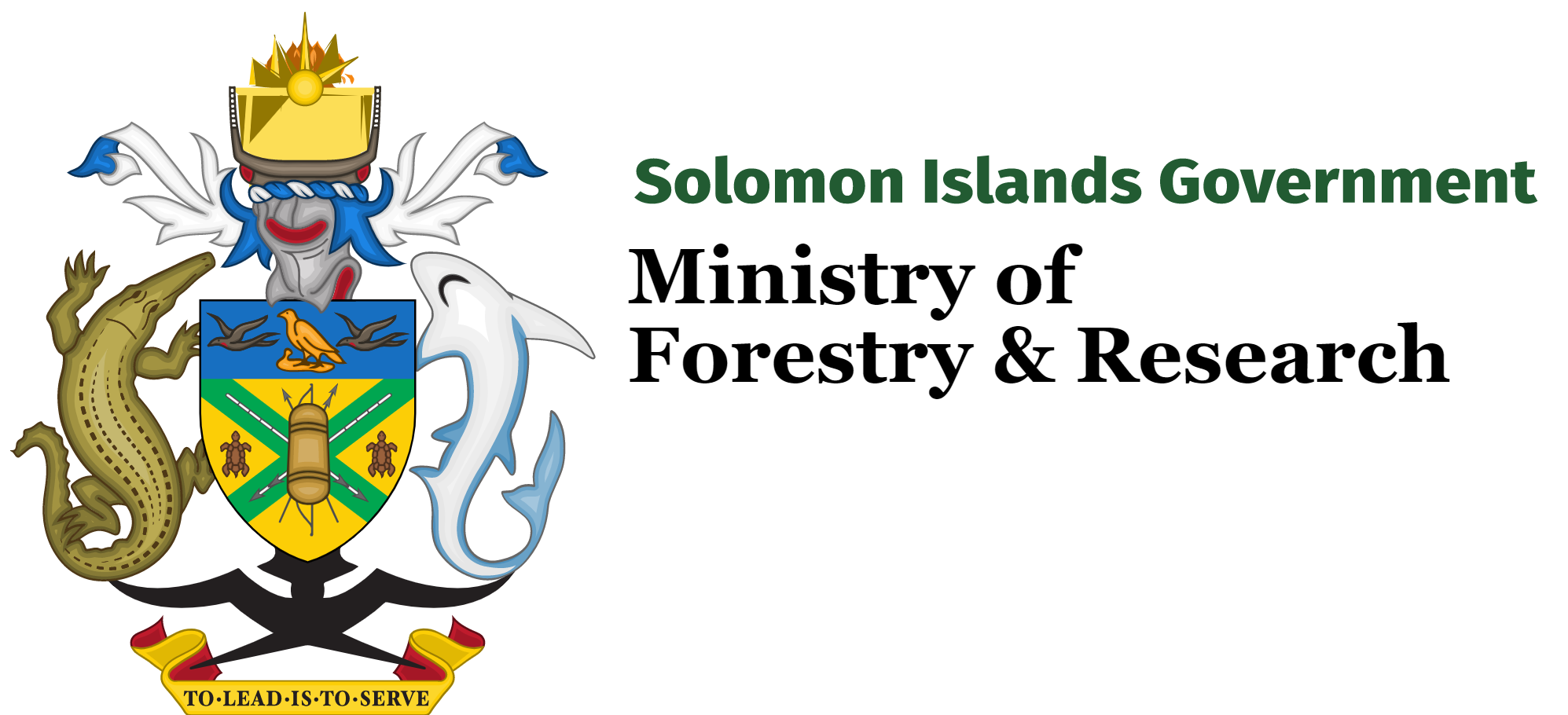
Final Workshop
Factsheet
Newsletter

Project Overview

MOFR-JICA Project for SFRM in Solomon Islands (SI-SFRM)
Although the ratio of forested land in the Solomon Islands is 78.1% (2015), which is the highest in the world, due to vigorous timber exports (timber production: increased from approx. 600,000 cubic meters (2000) to approx. 1,200,000 cubic meters (2009); log export volume; Increased from 424,000 cubic meters (2000) to 2,185 thousand cubic meters (2013)), the country's forests are deteriorating, and the area of forest and canopy coverage decreased by 20% or more during the period from 2000 to 2010, rising to approx 157,000 hectares. In addition, the country is included as a biodiversity hotspot (East Melanesia Islands) as selected by the NGO Conservation International, but it has been pointed out that the natural environment is being destroyed by the development of natural resources such as wood. Furthermore, since the country has a single economic structure in which more than half of its exports depend on forest products, there is an urgent need to foster and revitalize alternative industries while promoting the sustainable use of forest resources.
The government's "National Development Strategy (2011-2020)" sets "environmental conservation and disaster prevention" as one of its priority goals, which includes raising residents' awareness of the danger of environmental degradation by enlightening urban and rural communities about the legal system for the extraction of natural resources, and promoting a comprehensive and sustainable approach to natural resources such as biodiversity and forestry through community governance systems. For this reason, this project is in line with the country's policies.
Japan's "National Assistance Policy for the Solomon Islands" (February 2012) sets out "overcoming vulnerabilities" as Priority Area 1, and Development Issue 1-2 "Expansion of economic activities support for comprehensive developments, such as securing a means of cash income through technical guidance and other means, revitalization of local industries, and promotion of agriculture. Since "sustainable forest resource management activities through collaboration between the government and local residents" implemented in this project are expected to revitalize local industries, cooperation will be in line with Japan's aid policy and project implementation plan. In addition, in the "Pacific Region JICA Country Analysis Paper" (December 2014) prepared by JICA, "strengthening the economic activity base" and "environment" are positioned as priorities for the country. Cooperation is also based on these analysis papers. To date, there is no track record of technical cooperation projects targeting forest resource management in the country.
Although it is difficult to position the pilot activities as a "model" to be disseminated in the future, as 86% of the country is customary land and its cultures and societies are very diverse, the activities will be carried out in order to build up the capacities of the Ministry of Forestry and Research staff and to reflect the lessons learned and results from the pilot activities in the policies and plans prepared by the Ministry.
Overall goal
Sustainable forest resource management is promoted from a comprehensive perspective..
Project purpose
Capacity of MOFR to implement SFRM is enhanced









